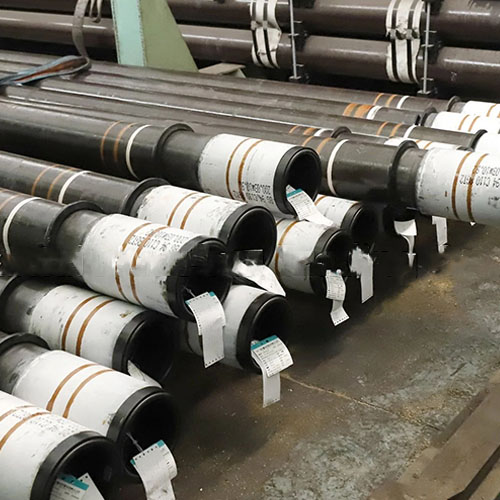Table of Contents
Understanding the Differences Between Various Grades of Stainless Steel Pipes
Understanding the Differences Between Various Grades of Stainless Steel Pipes

Stainless steel pipes are an essential component in numerous industries, ranging from construction to manufacturing. Their corrosion resistance, durability, and aesthetic appeal make them a preferred choice for various applications. However, not all stainless steel pipes are created equal. There are several grades of stainless steel, each with its own unique properties and characteristics. In this article, we’ll explore the differences between some of the most commonly used grades of stainless steel pipes, including 201, 304, 304L, 316, 316L, 309S, 310S, 321, 430, 2205, and 904L.
One of the primary distinctions between different grades of stainless steel pipes lies in their composition. The composition of stainless steel determines its corrosion resistance, strength, and other mechanical properties. For example, grade 304 stainless steel contains 18% chromium and 8% Nickel, making it highly resistant to corrosion and oxidation. On the other hand, grade 316 stainless steel contains additional Molybdenum, enhancing its corrosion resistance, particularly in chloride environments.
Another factor to consider when choosing a grade of stainless steel pipe is its mechanical properties. These properties, such as tensile strength, yield strength, and elongation, vary depending on the grade of stainless steel. For instance, grade 316L stainless steel offers superior tensile strength and corrosion resistance compared to grade 304L stainless steel, making it suitable for demanding applications in harsh environments.
Furthermore, the manufacturing process can also impact the properties of stainless steel pipes. Welded and seamless pipes are the two main types of stainless steel pipes, each with its own advantages and limitations. Welded pipes are fabricated by welding or forming Stainless Steel Plates, while seamless pipes are produced by piercing a solid billet of stainless steel. Seamless pipes generally exhibit higher strength and corrosion resistance than welded pipes due to the absence of weld seams, which are susceptible to corrosion and stress corrosion cracking.
Surface finish is another aspect that distinguishes different grades of stainless steel pipes. Polished and hairline finishes are commonly used in applications where aesthetic appeal is important, such as architectural and decorative applications. Polished stainless steel pipes have a smooth, reflective surface that enhances their appearance, while hairline stainless steel pipes have a finely brushed finish that provides a subtle sheen.
In addition to the aforementioned grades, there are specialized grades of stainless steel pipes designed for specific applications. For example, grade 2205 stainless steel is a duplex stainless steel that offers excellent corrosion resistance and high strength, making it suitable for use in aggressive environments such as marine and chemical processing. Similarly, grade 904L stainless steel is a superaustenitic stainless steel with enhanced corrosion resistance, particularly in acidic environments.
In conclusion, understanding the differences between various grades of stainless steel pipes is crucial for selecting the right material for your specific application. Factors such as composition, mechanical properties, manufacturing process, and surface finish all play a role in determining the suitability of a particular grade of stainless steel pipe for a given application. By carefully considering these factors, you can ensure that you choose a stainless steel pipe that meets your requirements for corrosion resistance, strength, and aesthetics.
